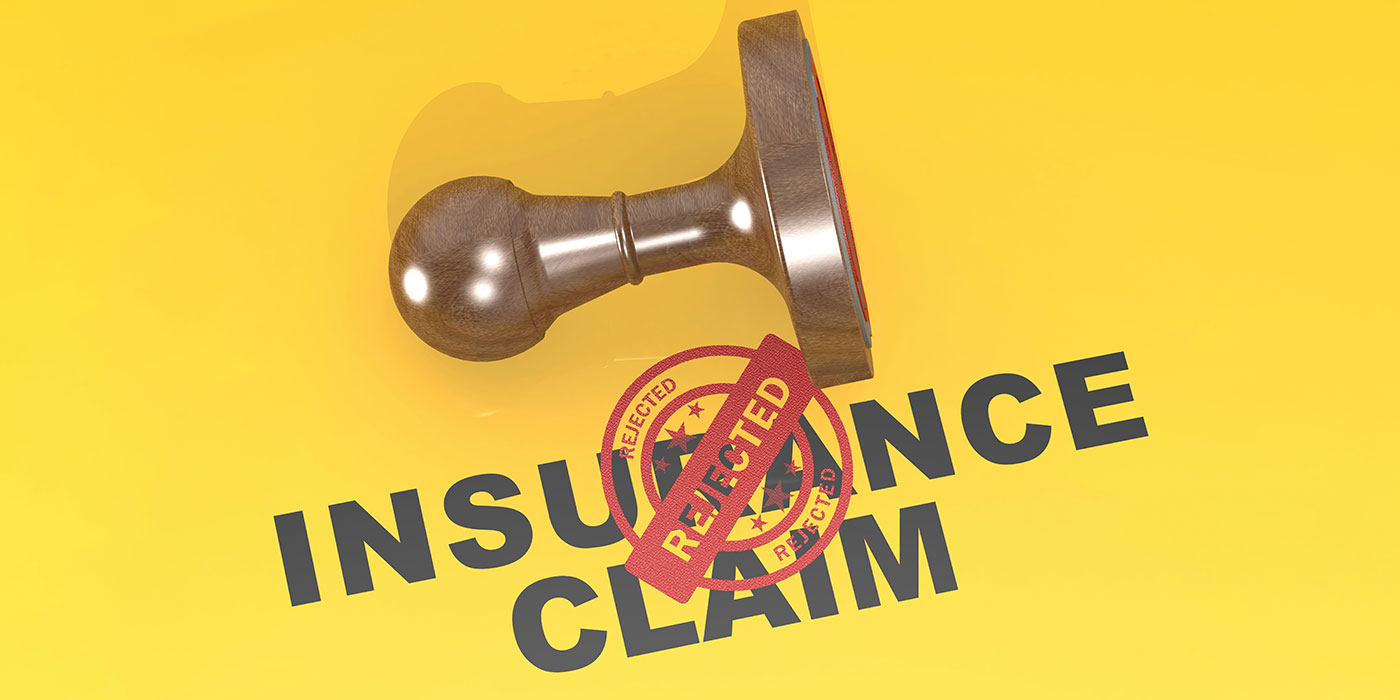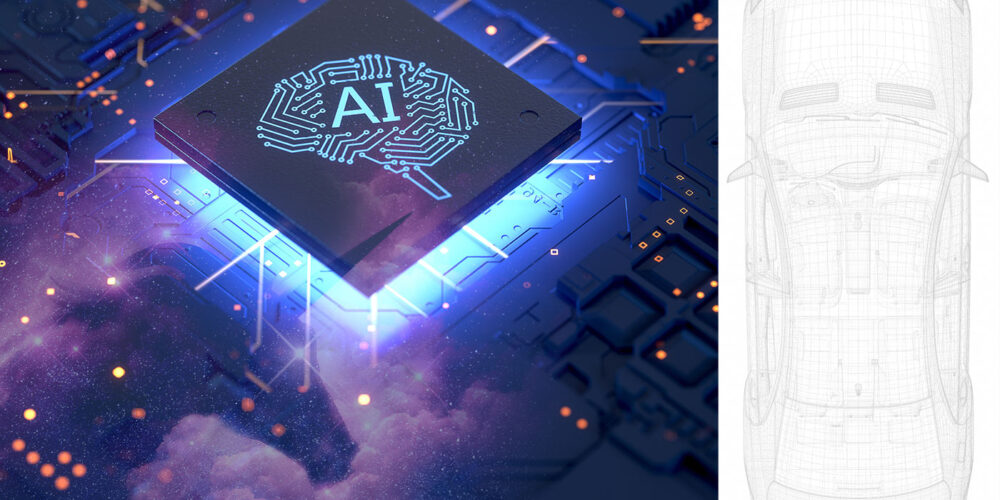
“With the collision industry changing on such a rapid scale, what is the best way to keep up with information and repair methods to prove to the insurance company that certain things need to be done during a repair? Our industry is changing so quickly, and I want to make sure myself and my staff provide the correct repair and a safe repair.” – Zameer Fazal, manager, Uptown Automotive, Houston, Texas
In the automotive industry, we’re seeing a tremendous change in engineering and electronics. The pace at which this change is happening is light years from what we saw in the past. Keeping up with change is a daunting task because few of us have the time to research what procedures should be used. That’s not to mention getting the training we need to keep up with the changes. This has created a lot of frustration among collision repairers. We are at odds now with how we used to do the repairs and what is now required.
Liability
Not researching procedures can result in tremendous liability for you, your employees and your employees’ families that you can’t possibly fathom or afford.
As a repair facility, we’re considered the experts on vehicle repairs and must research and train our technicians to do the job correctly. We as an industry must learn new procedures and techniques as well as have the proper equipment to do the job correctly. That is the right thing to do. The problem is that these changes clash with the way we used to do repairs.
It’s hard for people to grasp what procedures have changed and why. Without knowing why, you may question the process and ignore the proper repair.
Biggest Changes
The biggest changes we’ve seen involve the following:
Heat. Vehicle engineering and designs use new steels and metals that react differently to heat than metals of the past. Back in the day, heat was used to soften metal in order to more easily move it back into its original shape. This process is still used in aluminum repair, but only to a limit. That’s the point. To what limit can metal be heated? How long? How hot?
In many cases, heat is not allowed at all as even very low temperatures can change the mechanical structure. This affects welding in particular when it comes to sectioning and panel attachment, straightening the body structure, grinding, frames and much more. Attachment methods involving adhesives and non-heat processes such as rivets are becoming more popular. Heat also plays a major role in corrosion issues.
Repair vs. replace. As heat is an issue on metals, so is the type of damage. The kink versus bend rule is no longer universal. A kink will always be replaced, but even slight bends will require a part replacement. As the steel gets stronger, it also becomes more brittle and cracks.
Electronics. No repair is complete without verifying what electronics procedures are required. Scans are different than recalibrations. Sometimes a scan may be required or recommended. You also have to verify if the sensors or cameras, as well as radars, need to be recalibrated. Even if you R&I a part, recalibrations may be necessary.
Where Is the Info?
So the question, “Where do I go to find information on properly repairing the vehicle?” arises. This is where that research part comes in.
There really is no one source for all information. Many times, you have to use a variety of sources. There is only one authority on the repair of the vehicle, though: the people who built it. Interpretation can be a very dangerous thing. Vehicle manufacturers put out procedures for a reason: to follow. That’s it. We follow them. I am not an expert on any motor vehicle, nor am I a vehicle engineer. Many of you reading this article aren’t either. So follow the procedures and duplicate the build process when called for. In some cases, vehicle manufacturers will have procedures different than the original build. There are many reasons for this, but in many cases, it’s because we cannot duplicate their process.
The most common sources of information out there include:
Manufacturer websites. GM and Chrysler offer free websites to the repair industry. Most others are pay sites. These sites are probably the best places to locate information, but they can be expensive. Some sites are also cumbersome to navigate. You can access the same information through some other sites as well.
I-CAR. I have to give major props to I-CAR for their information. The new RTS website is priceless to shops and technicians looking for information. I-CAR accesses multiple sites, including the manufacturer websites. They also have a library of technical bulletins and articles explaining why the changes are taking place and why the repair needs to be done a certain way. Techs can even send in requests for repair procedures and get a timely response. And the all-new hands-on courses also give technicians a one-to-one explanation of repair procedures.
ALLDATA. ALLDATA has long been a source of OE procedures to the collision industry. The information is directly from the OE on the vehicle, and there are no interpretations or explanations offered, just the pages from the repair guide. It’s very economical and helpful to all.
OEM1Stop.com. This website features access to all OE websites. You’ll need to sign up and agree to all of the sites’ terms.
When using any of these sites, don’t just seek out the procedures you’re looking for but also what welding equipment and welding wire are required. Also, what electronics features will need recalibrations as well as scans. Position statements are also available at all of these sites. If anybody knows of any other repair information sites, I’d love to hear about them.
Read, Read, Read
The very magazine you’re reading right now, BodyShop Business, is a great resource for training and information. So are the videos on bodyshopbusiness.com. Take the time to read your magazines and check your e-mails. I know you’re busy, but it’s critical to know this information.
Equipment suppliers are also great sources of information. They may have procedures and reasons why their equipment is the best. Learning what procedures they’re addressing is a key component to a shop performing a correct, safe repair.
All these points and procedures will affect a shop’s cycle time. Keeping up on information can keep your shop on track. The information is also invaluable toward validating the procedure and what needs to be done.
The decision may not be yours or anyone else’s to make on that repair. The OE has already made that decision. Research all aspects of the repair and remember: you’re never wrong when you do the right thing.













